Hi there, pet lovers! 🐍
The California Kingsnake (Lampropeltis californiae) is one of the most iconic and beloved snakes in the reptile-keeping community. Known for its striking black-and-white banding, manageable size, and hardy nature, this snake has earned its place as a favorite among both beginners and experienced reptile enthusiasts. In this comprehensive review, we’ll explore everything you need to know about the California Kingsnake, from its temperament and care requirements to its affordability and availability. Whether you’re considering adding one to your collection or simply curious about this fascinating species, this guide will help you make an informed decision.
Overview
The California Kingsnake is a medium-sized colubrid native to the western United States and northern Mexico. It’s renowned for its bold, high-contrast patterns, which can vary from classic black-and-white banding to striped or even albino morphs. Here’s a quick summary of what makes this snake stand out:
- Handling and Temperament: Generally easy to handle but can be food-motivated, leading to occasional nips.
- Care and Maintenance: Low-maintenance and straightforward, making it ideal for beginners.
- Health and Durability: Extremely hardy and resistant to common health issues.
- Availability: Widely available through breeders, expos, and pet stores.
- Cost: Affordable to purchase and set up, with minimal ongoing expenses.
- Overall: A fantastic choice for snake enthusiasts of all experience levels.
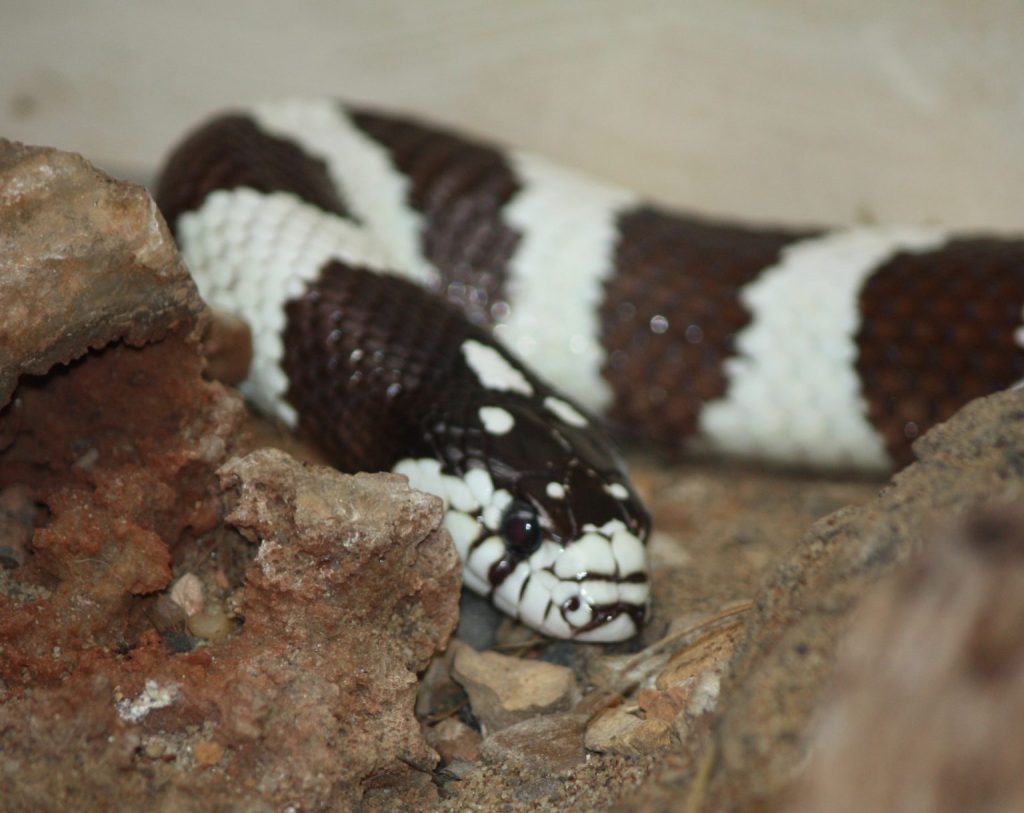
Why Choose a California Kingsnake?
California Kingsnakes are a fantastic option for anyone looking for a visually striking, low-maintenance pet snake. Their manageable size, hardy nature, and relatively simple care requirements make them an excellent choice for beginners, while their unique patterns and active personalities appeal to experienced keepers. Additionally, their long lifespan (20+ years with proper care) and fascinating behaviors make them a rewarding long-term companion.
Handling and Temperament
California Kingsnakes are generally easy to handle, but their temperament can vary depending on their individual personality and feeding response.
Personality Variations
- Some California Kingsnakes are calm and docile, making them a joy to handle.
- Others can be more active and curious, often exploring their surroundings during handling sessions.
- Their strong feeding instinct can sometimes lead to mistaken identity—fingers might be confused for food, especially if they smell like rodents or other reptiles.
Handling Tips
- Always handle your snake gently and confidently to avoid stressing it.
- Wash your hands before handling to remove any food smells that might trigger a feeding response.
- Avoid handling your snake immediately after it has eaten, as this can cause regurgitation.
- Be prepared for occasional nips, which are more startling than painful and rarely draw blood.
While their occasional food-motivated bites can be a drawback, California Kingsnakes are generally well-behaved and enjoyable to handle. Their active nature and curiosity make them engaging pets, though they may not be as calm as species like Ball Pythons.
Care and Maintenance
One of the biggest selling points of the California Kingsnake is its low-maintenance care requirements. Here’s everything you need to know to keep your snake happy and healthy.
Enclosure Setup
- Size: A 20-gallon long tank is suitable for an adult, though larger enclosures are always better if space allows.
- Climbing Space: While not arboreal, California Kingsnakes appreciate some climbing opportunities, such as branches or vines.
- Substrate: Use aspen shavings, reptile carpet, or paper towels. Avoid loose substrates like sand, which can cause impaction if ingested.
- Hiding Spots: Provide at least two hides—one on the warm side and one on the cool side—to help your snake feel secure.
Temperature and Humidity
- Temperature: Maintain a warm side of 85°F and a cool side of 75°F. A heat mat regulated by a thermostat is ideal for providing this gradient.
- Humidity: California Kingsnakes require moderate humidity (40-60%). A water bowl and occasional misting should suffice.
Feeding
- Diet: California Kingsnakes are enthusiastic eaters and thrive on a diet of appropriately sized rodents (e.g., pinky mice for juveniles, adult mice for adults).
- Feeding Schedule: Feed juveniles once every 5-7 days and adults once every 7-10 days.
- Supplements: No additional supplements are needed if feeding whole prey items.
Lighting
California Kingsnakes do not require UVB lighting, as they are primarily nocturnal. However, providing a natural day-night cycle with ambient lighting can benefit their overall well-being.
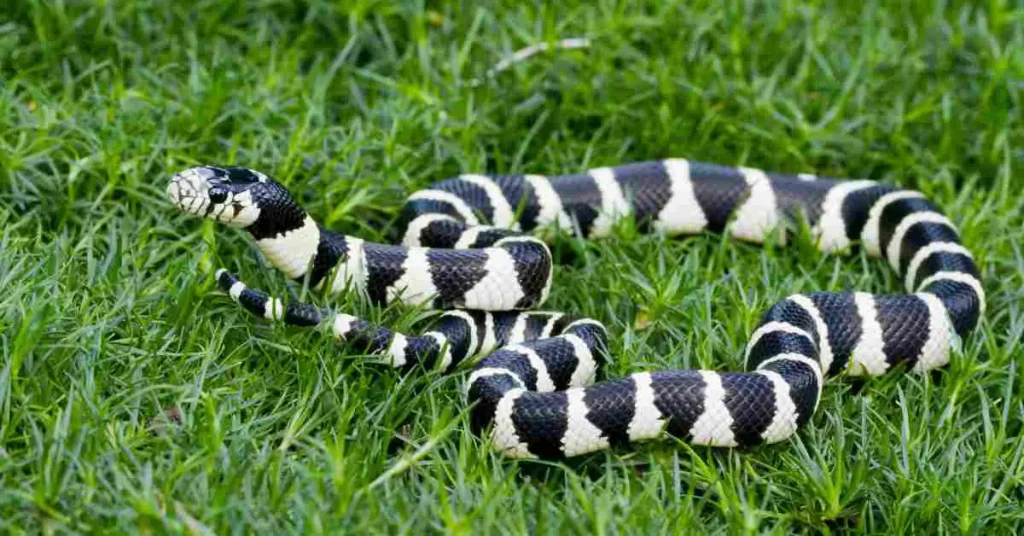
Health and Durability
California Kingsnakes are incredibly hardy and resistant to many common health issues that affect other reptiles.
Common Health Issues
- Respiratory Infections: Rare but can occur if humidity levels are too high or the enclosure is poorly ventilated.
- Mites: Occasionally seen in snakes from pet stores or expos. Quarantine new snakes and inspect them regularly.
- Regurgitation: Usually caused by handling too soon after feeding or feeding prey that’s too large.
Preventative Care
- Maintain proper temperature and humidity levels.
- Provide a clean enclosure and fresh water at all times.
- Handle your snake gently and avoid overfeeding.
With proper care, California Kingsnakes can live 20+ years, making them a long-term commitment.
Availability and Cost
California Kingsnakes are widely available and affordable, making them accessible to most pet owners.
Where to Buy
- Breeders: The best option, as breeders can provide healthy, well-cared-for snakes.
- Reptile Expos: Great for meeting breeders and seeing a variety of morphs in person.
- Pet Stores: Less ideal, but some stores carry California Kingsnakes.
Cost
- Snake Price: $50 to $100 for standard morphs, with rare morphs costing more.
- Setup Cost: Around $150 to $200 for a basic enclosure, heating, and supplies.
Pros and Cons
Pros
- Striking appearance with a variety of patterns and colors.
- Low-maintenance and easy to care for.
- Hardy and resistant to common health issues.
- Affordable to purchase and maintain.
- Long lifespan (20+ years).
Cons
- Strong feeding response can lead to occasional nips.
- Requires a secure enclosure to prevent escapes.
- Not as docile as some other snake species.
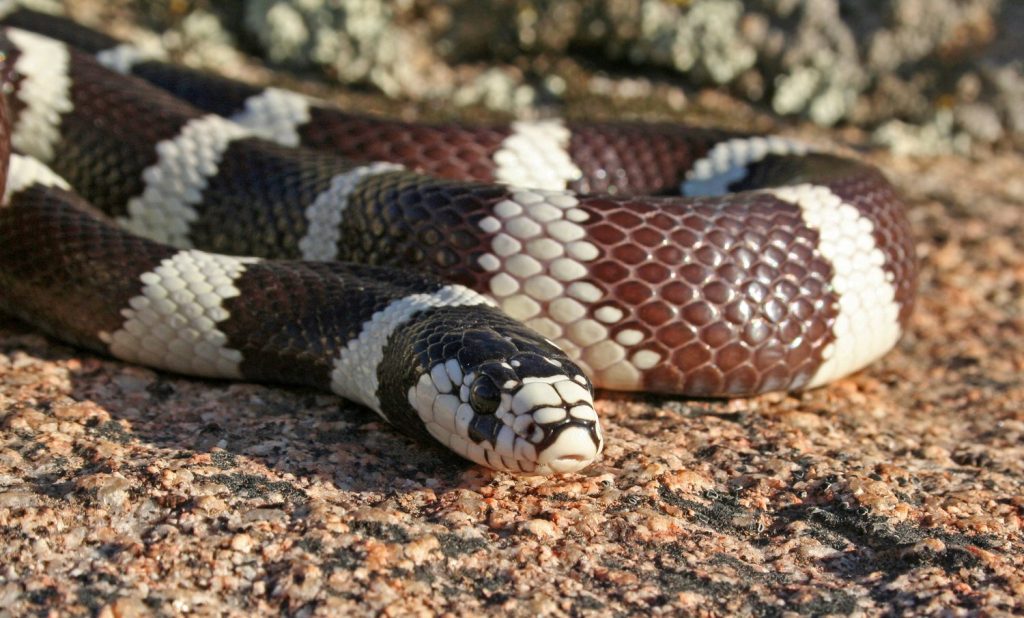
Final Thoughts
The California Kingsnake is a fantastic choice for anyone looking to add a visually stunning, low-maintenance snake to their collection. Its hardy nature, straightforward care requirements, and affordability make it an excellent option for beginners, while its unique patterns and active personality appeal to experienced keepers. While its occasional food-motivated bites might be a drawback for some, these are far outweighed by its many positive qualities.
If you’re considering a California Kingsnake, we recommend visiting a breeder or expo to see these beautiful snakes in person. Their striking appearance and engaging behavior are sure to win you over.
Have you owned a California Kingsnake? Share your experiences and tips in the comments below! We’d love to hear how you care for your snake and what makes them special to you.
For more reptile care tips and reviews, stay tuned to our blog and don’t forget to subscribe to our newsletter! 🐍



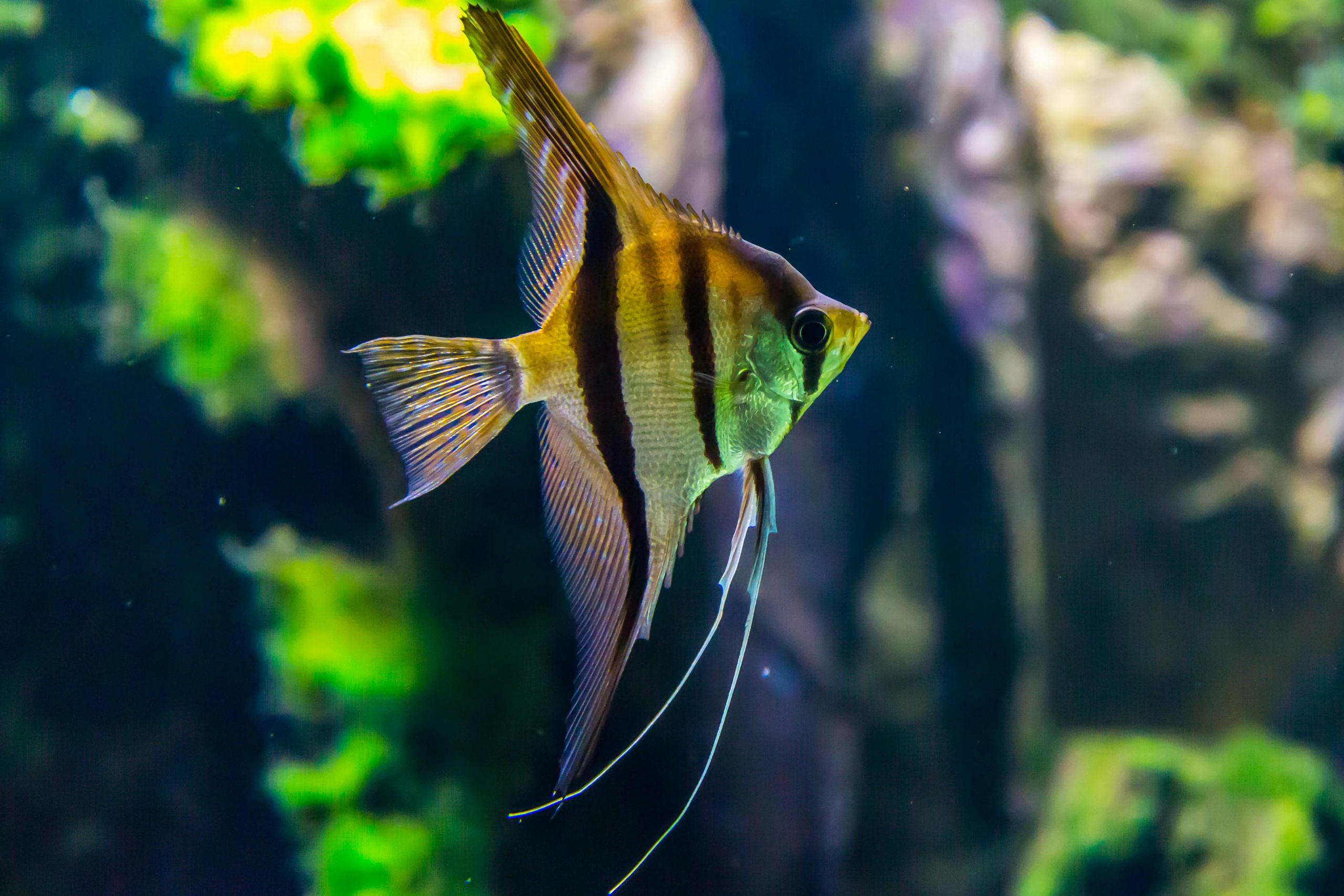
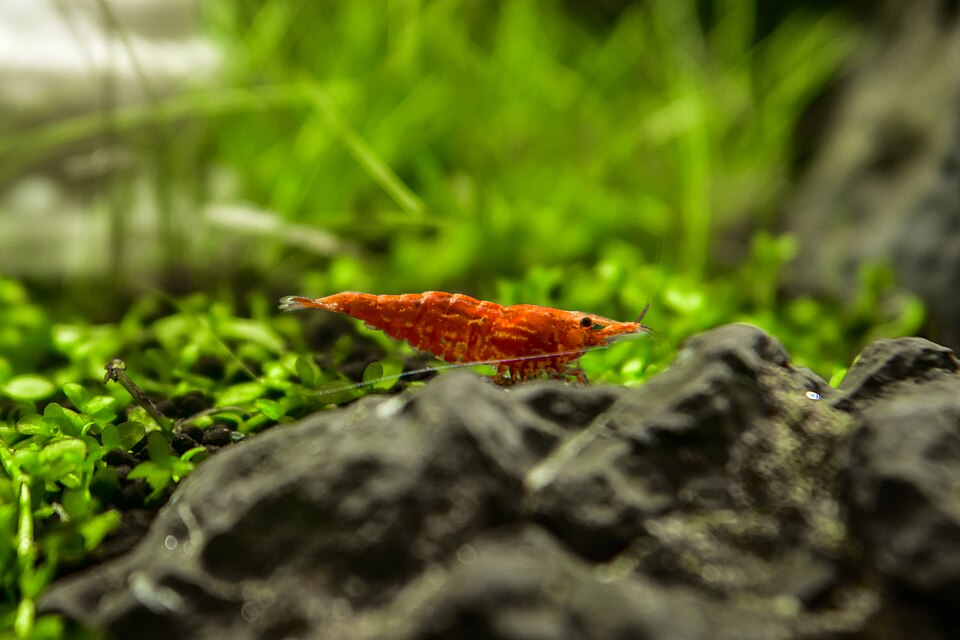

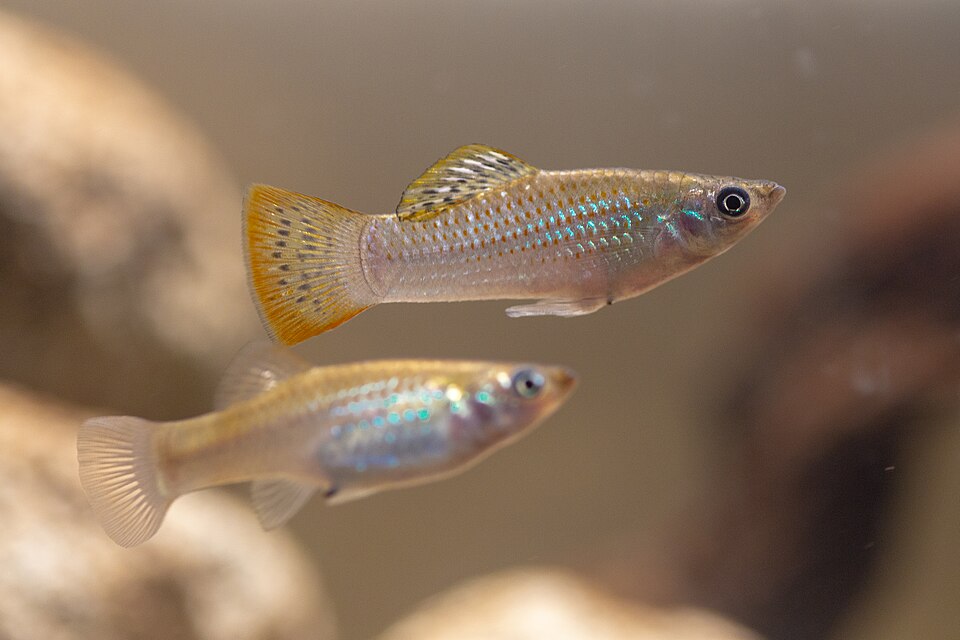
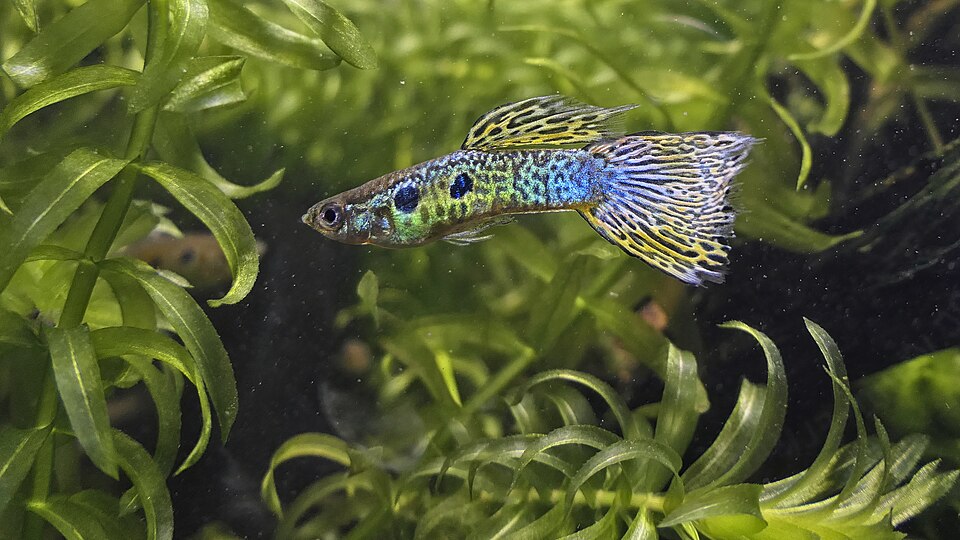
Leave a Reply